(Visited 5,363 times, 1 visits today)
A sponsorship certificate
A fact sheet of your sponsored primate and its species
Photos
At the Endangered Primate Rescue Center, each successfully rescued primate is a true miracle for both the animal and ourselves. To keep that miracle alive even after they have settled down in our center, it is our responsibility to ensure that confiscated animals will always receive a high standard of care for a safe and healthy life. However, we need to rely on the generosity of donors and sponsors whose contribution will help pay for the enormous ongoing expense it takes to commit to this mission.
By sponsoring a primate, you will get a digital Thank you package from us. But the main benefit for the sponsor is becoming the primates guardian and providing him or her with food, enrichment, medicines, veterinary care, and cage maintenance to make sure your favorite primate receives the best attention it needs.
We have a lot of new primates we want you to meet!
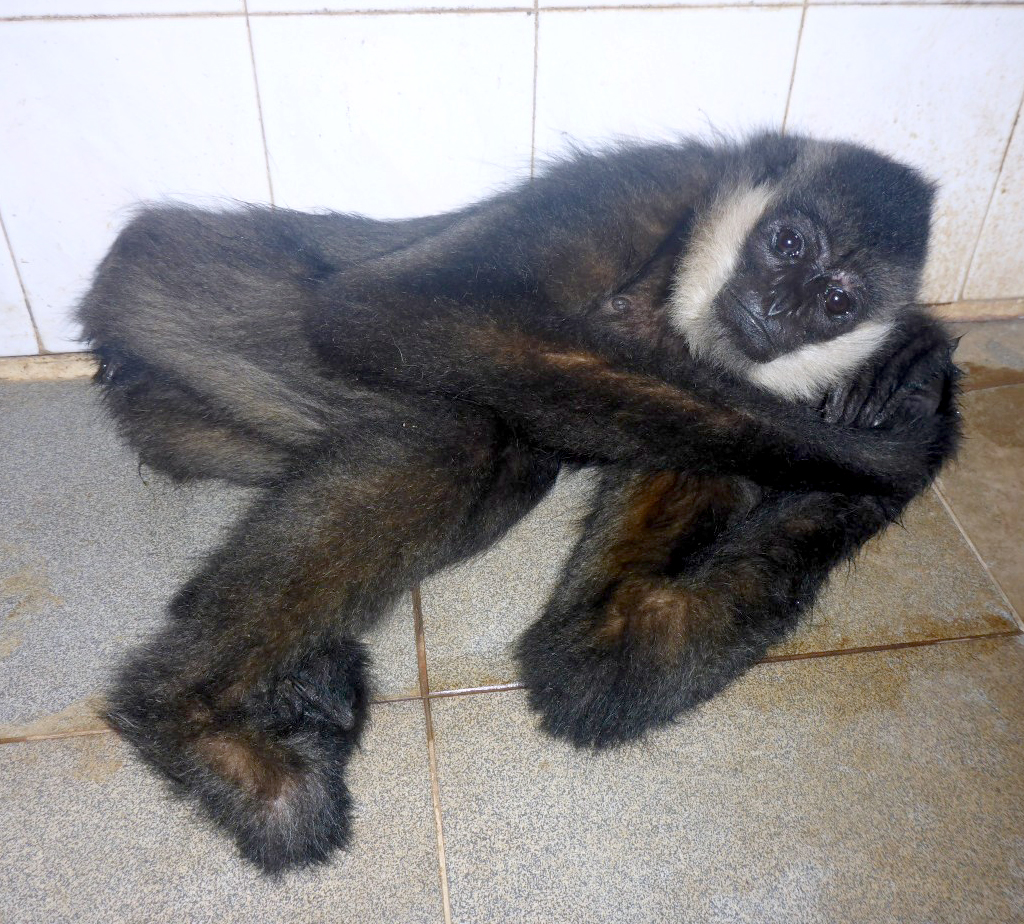
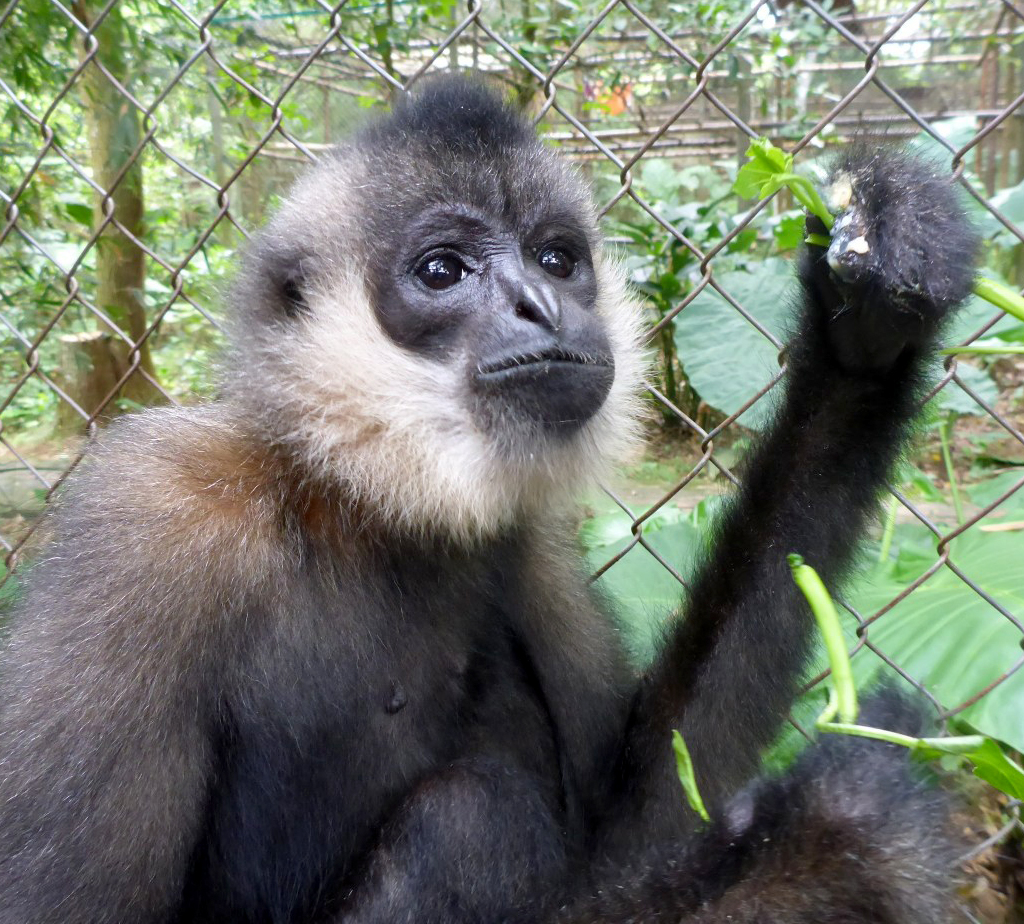
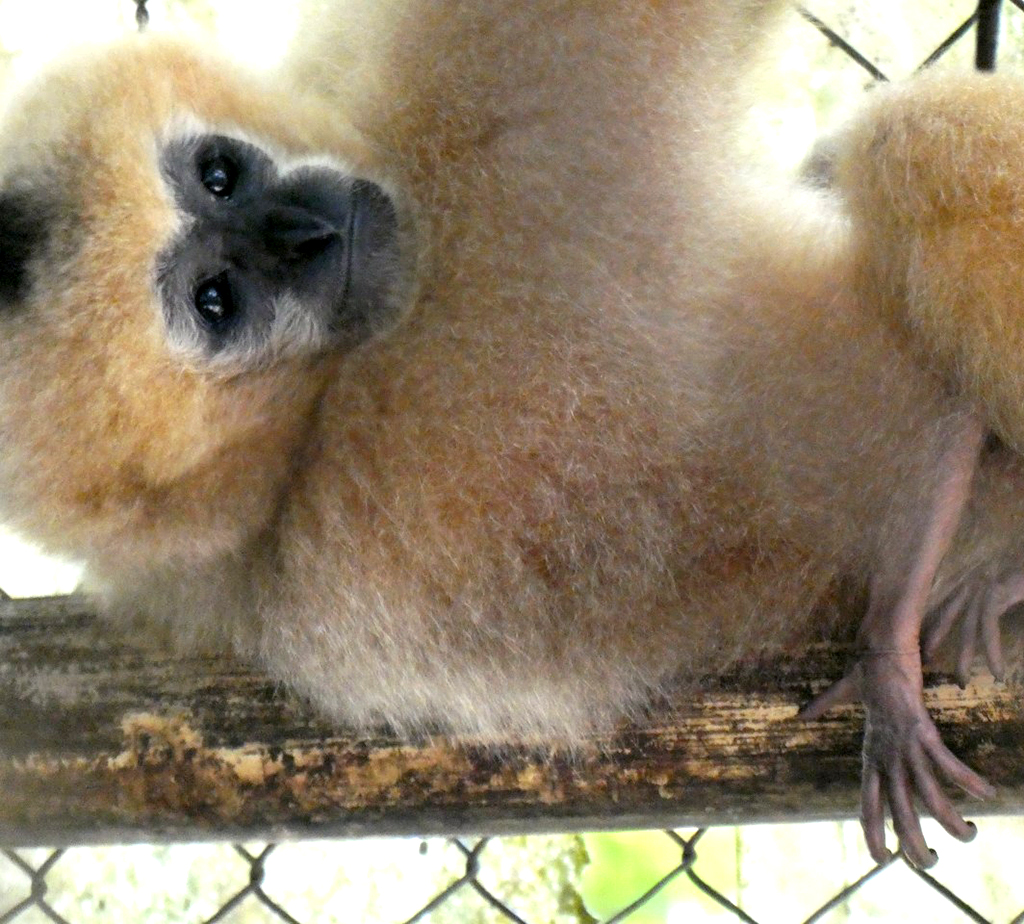
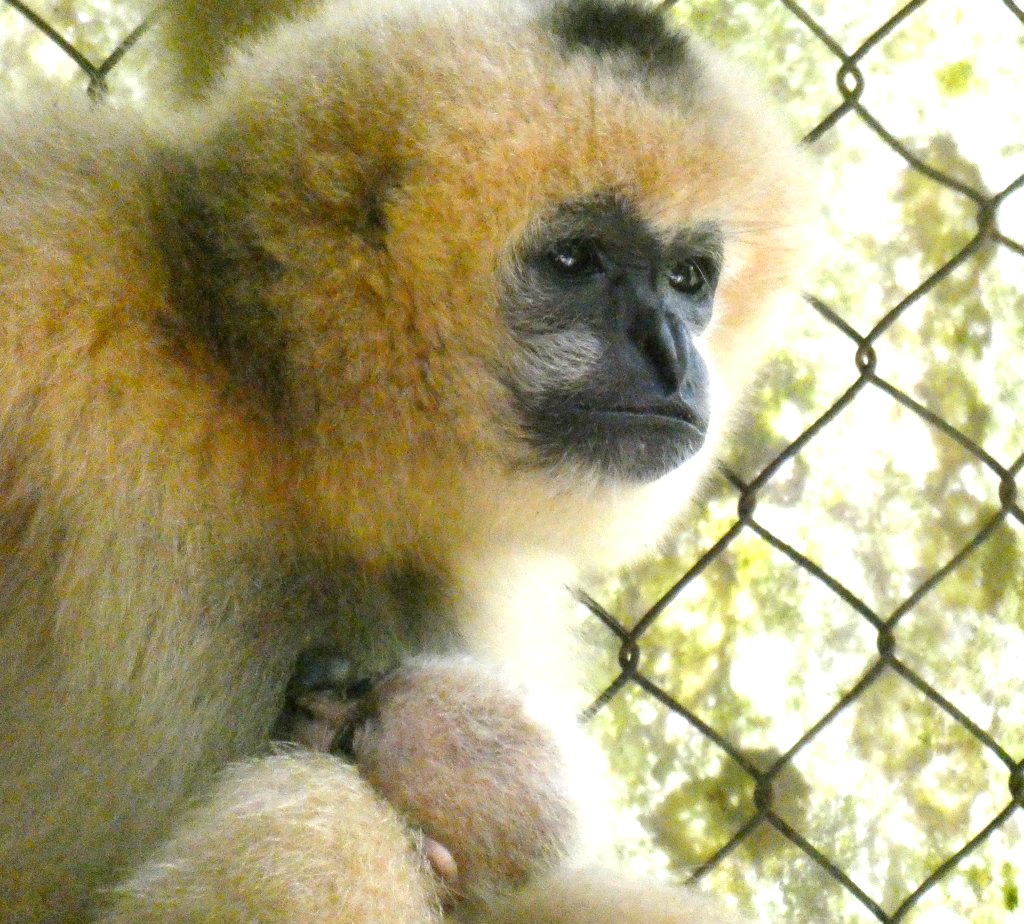
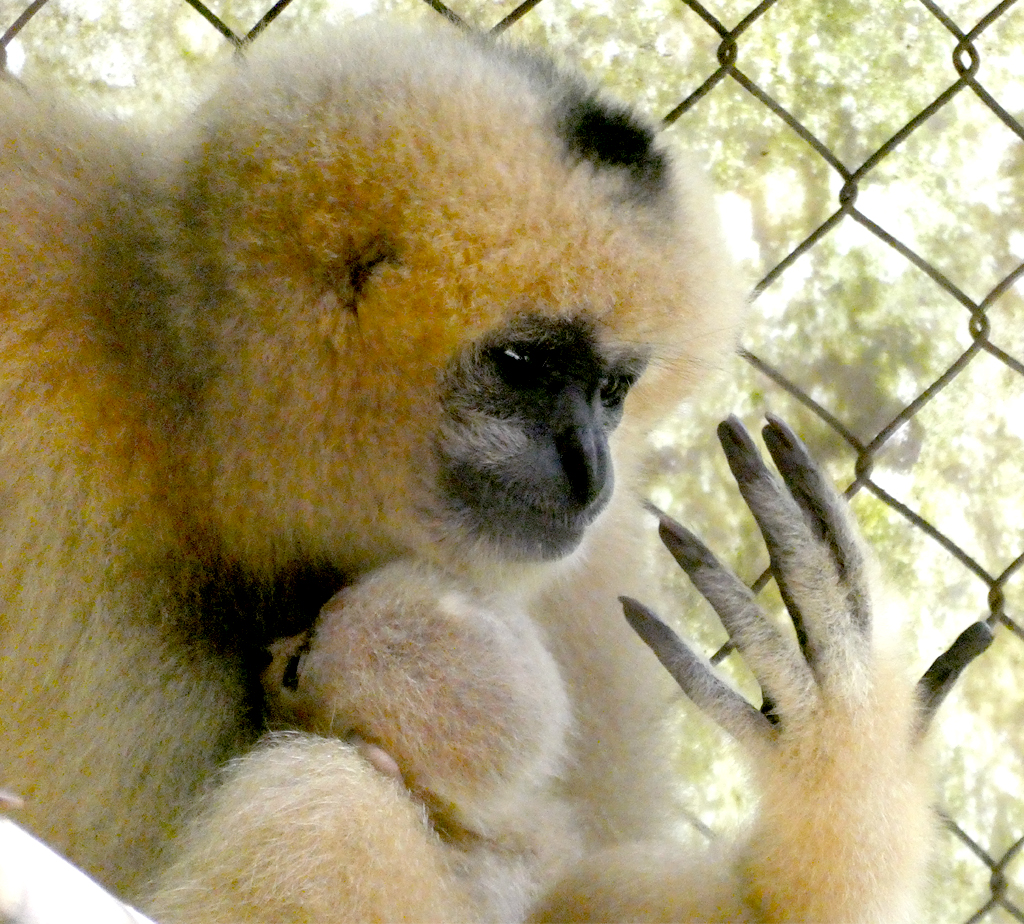
When Lo Lem arrived at the EPRC in June of 2016 we estimated her age to be between 6-7 years old since she had just started changing colour from black to yellow.
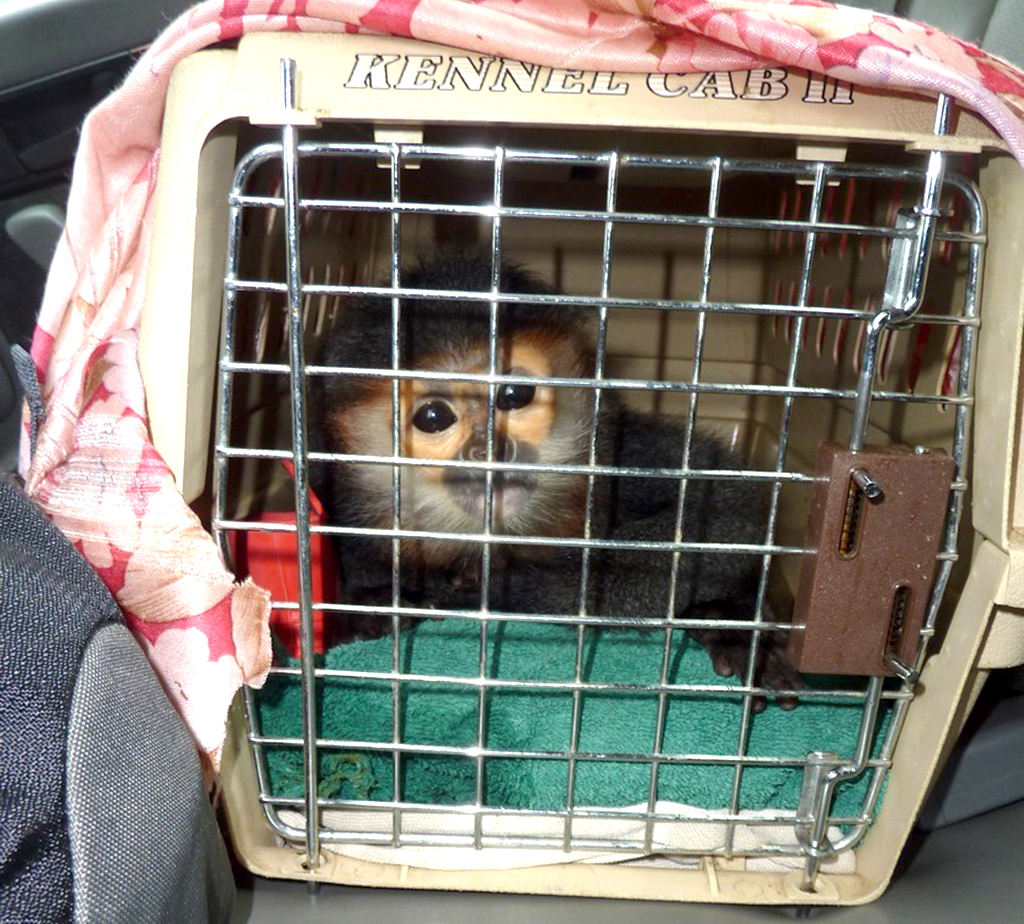
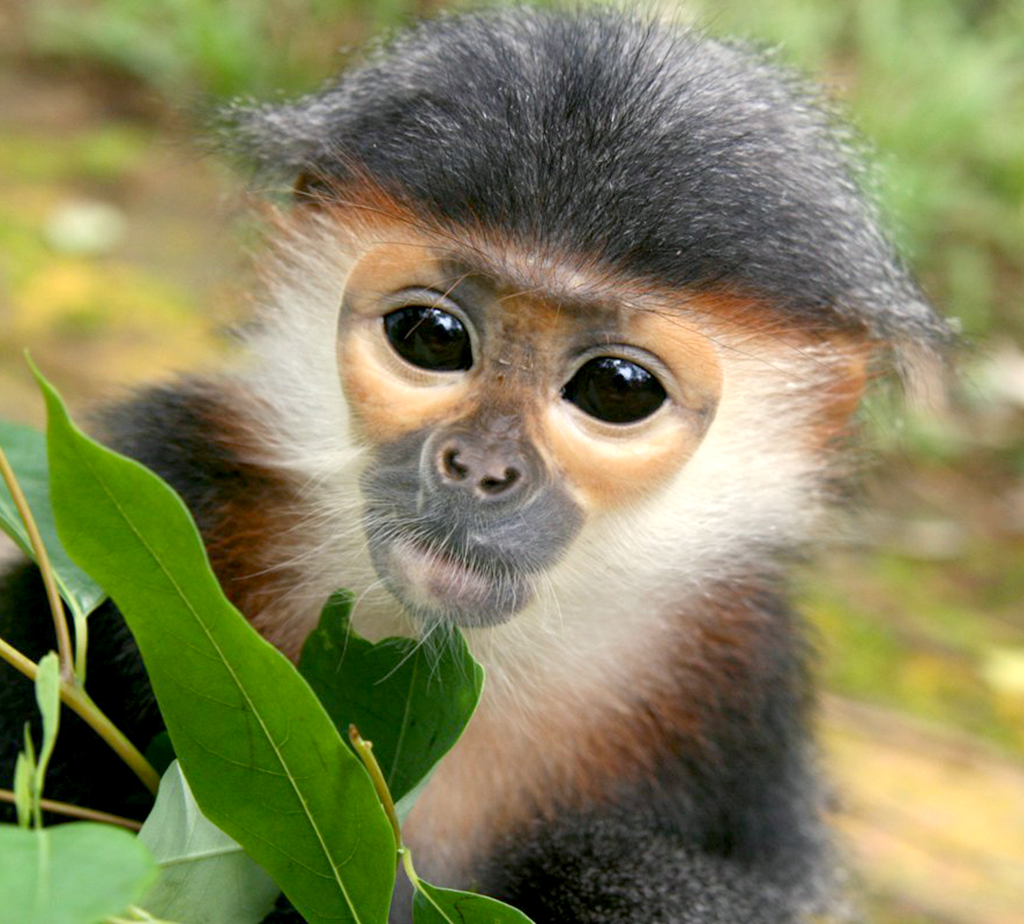
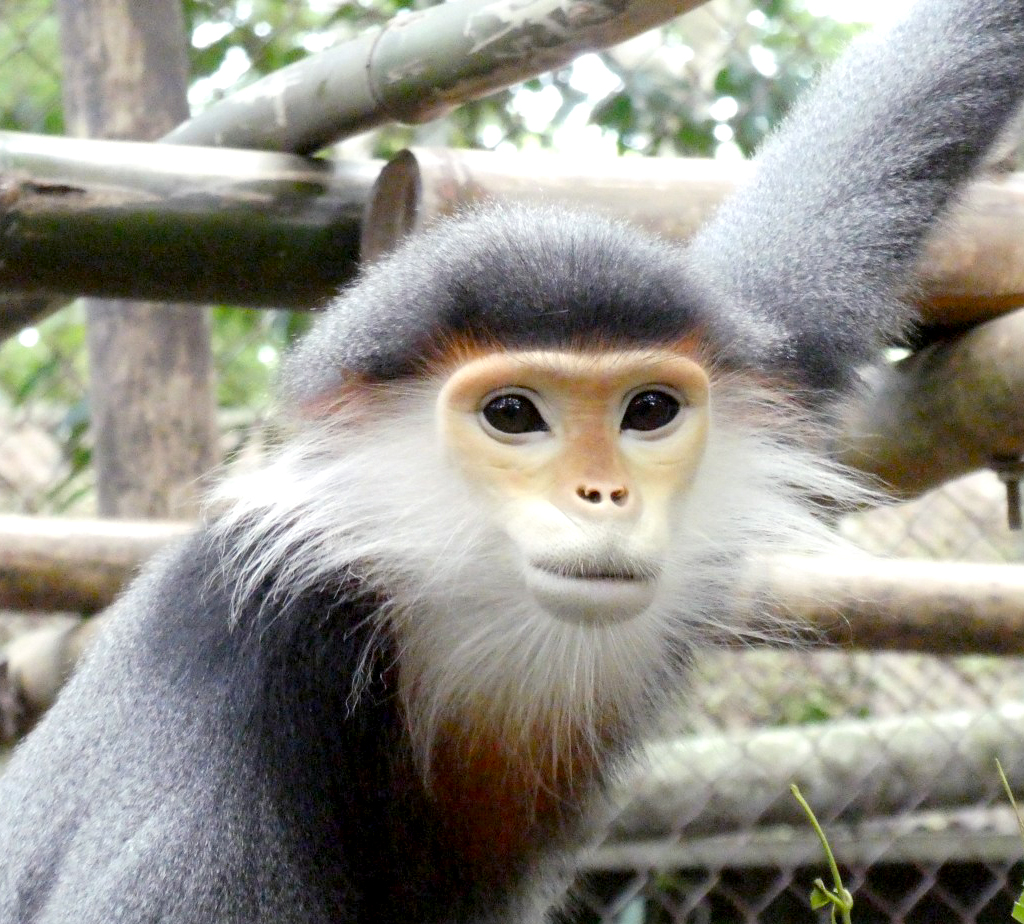
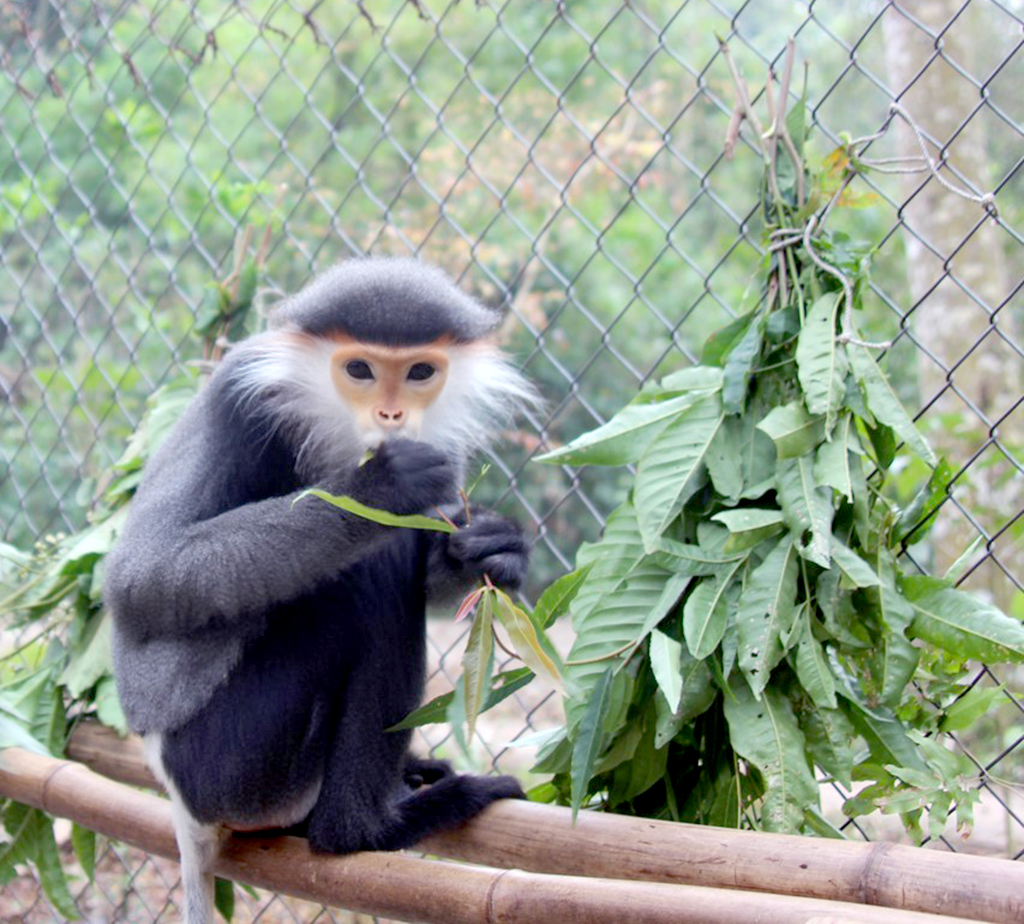
Now a beautiful and healthy Grey-shanked douc langur, Omo is a perfect example of a traumatized lonely langur who made a miraculous recovery after losing her family to hunters since early days.
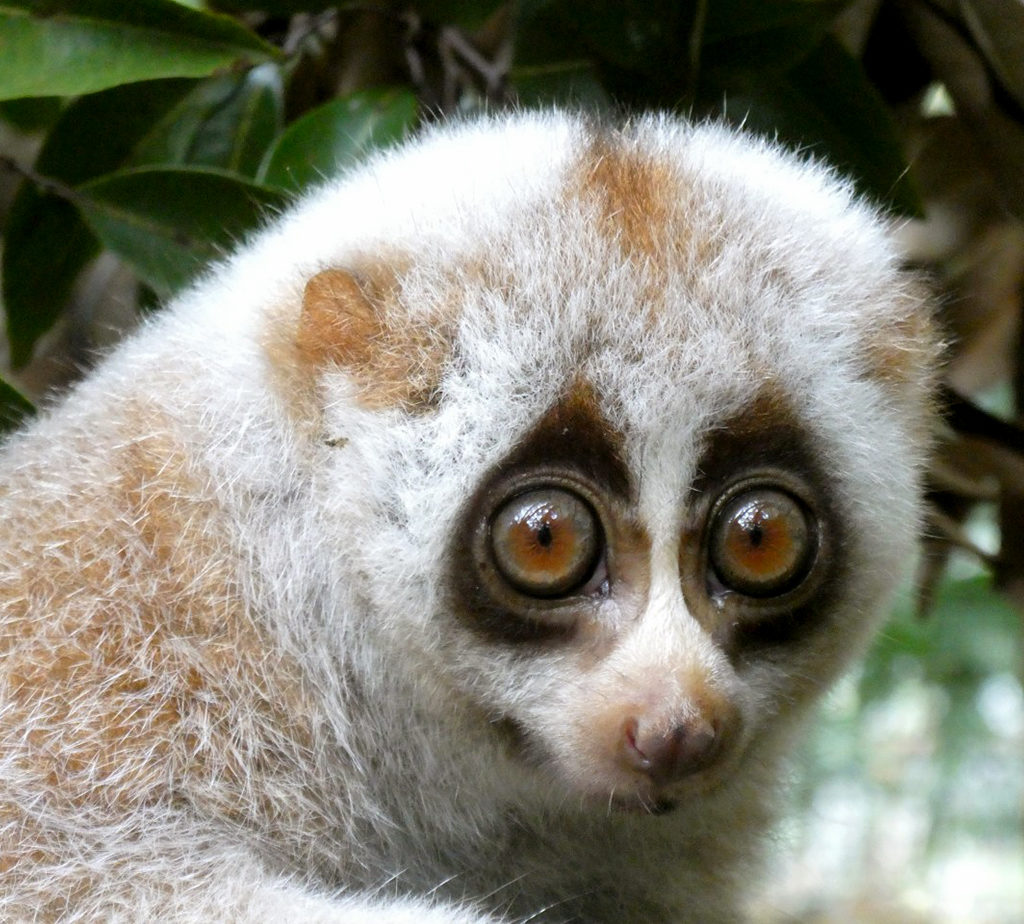
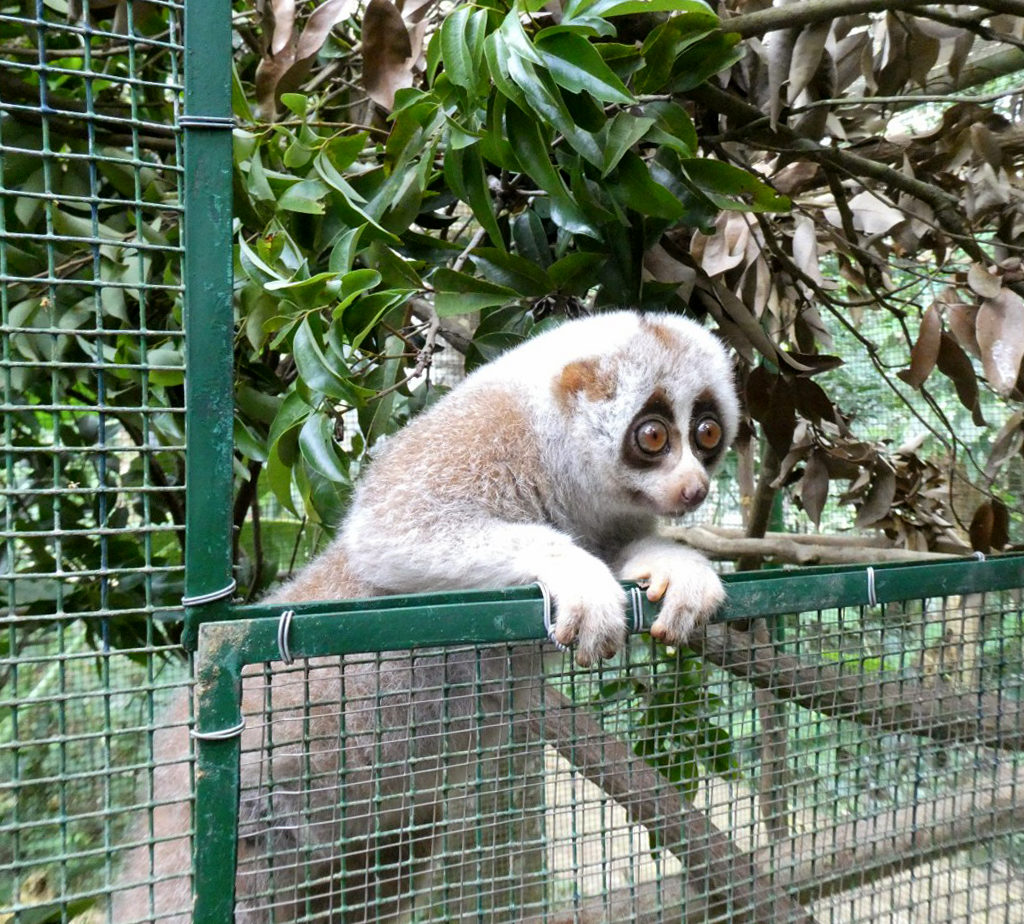
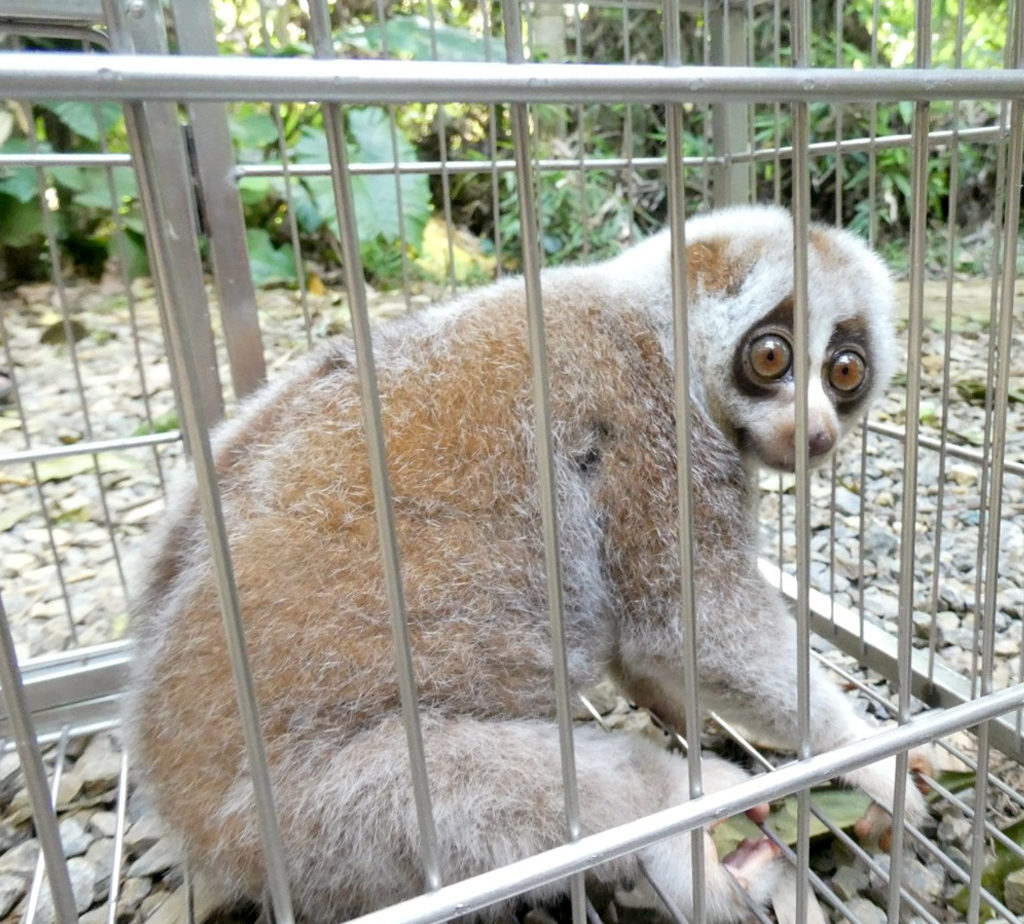
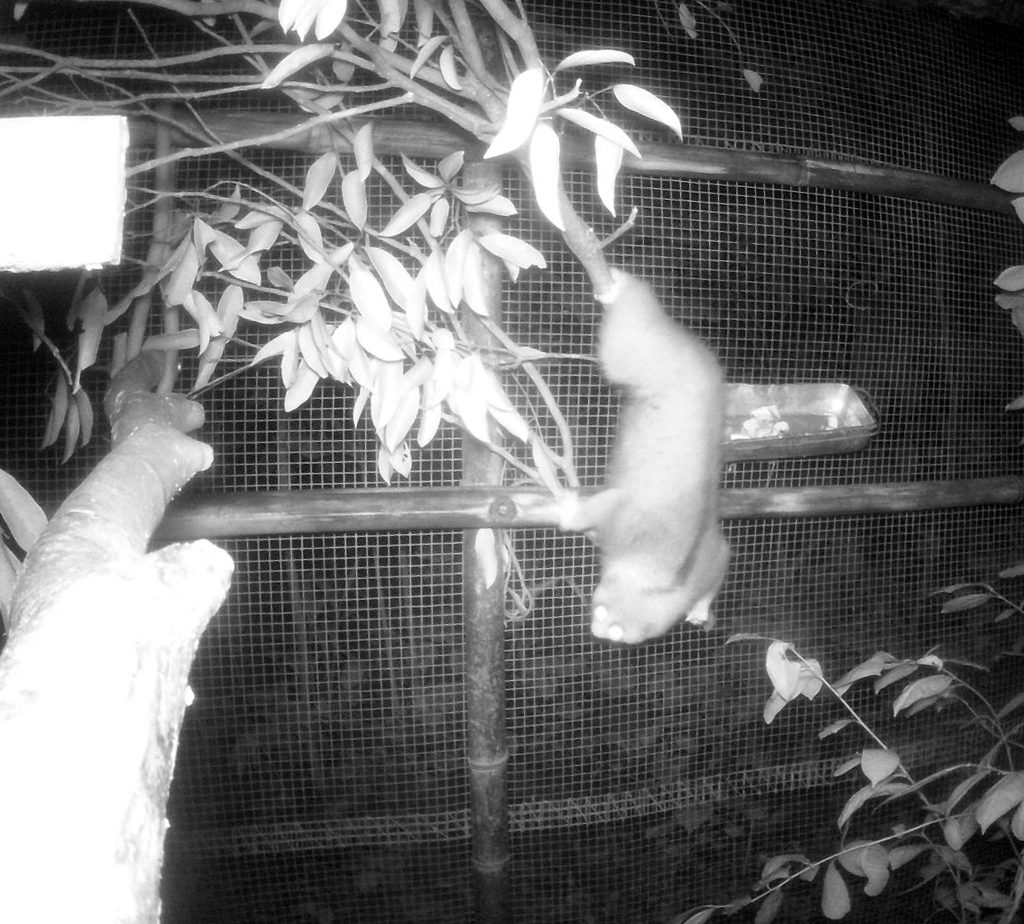
In June 2018, Eva was confiscated in Quang Ninh province. The EPRC often receives lorises from this province which is located on the border with China, where these animals would most probably be used for traditional medicine or sold to keep as pets.
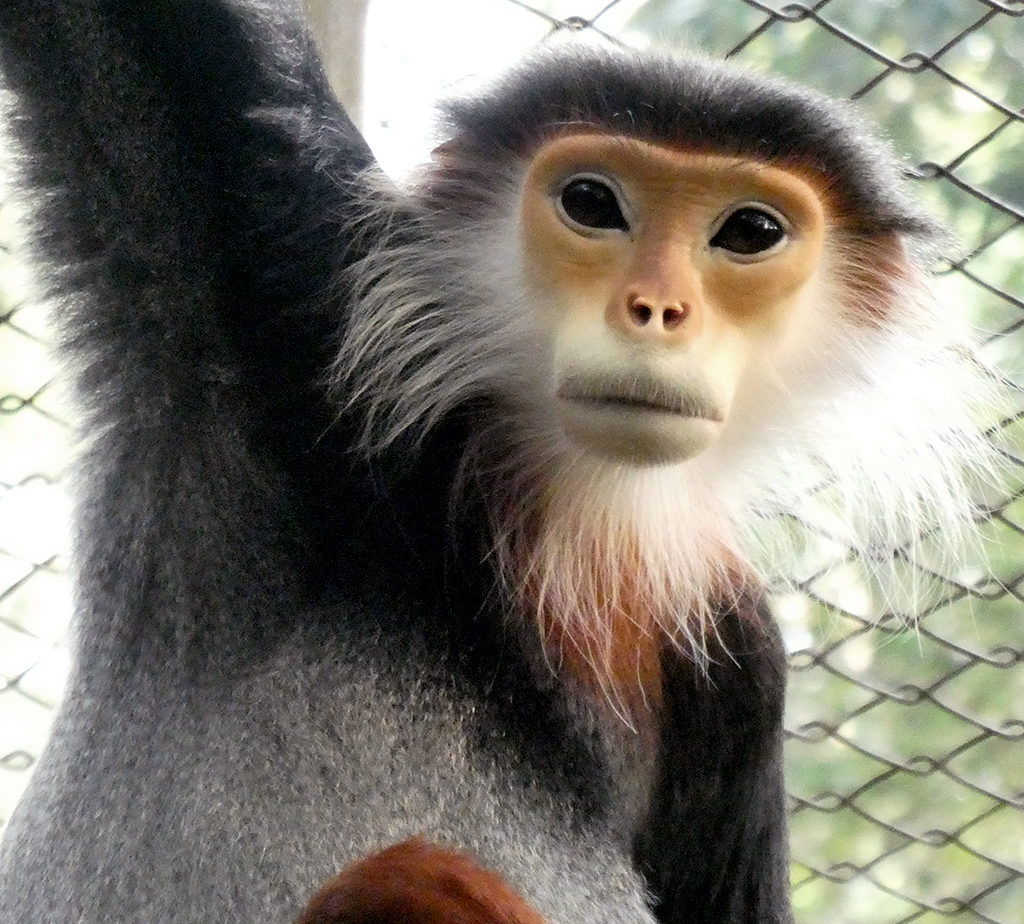
Basti is probably our most happy and beautiful Langur male from the entire EPRC. He has a great family and calls 3 wifes and 3 kids it’s own. This is how Langurs like to live: one male with several females.
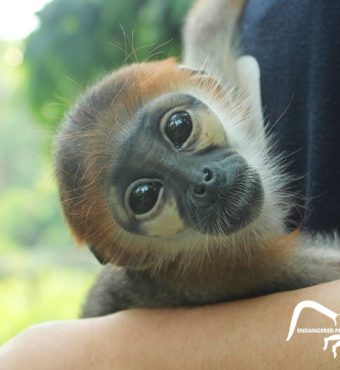
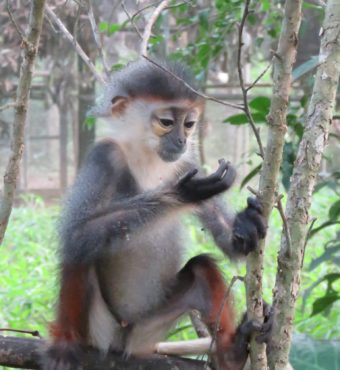
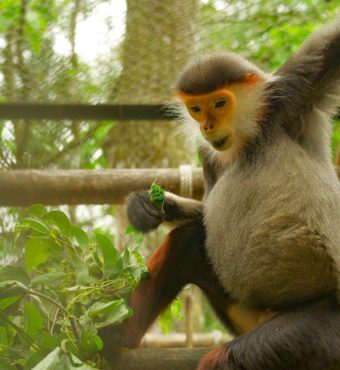
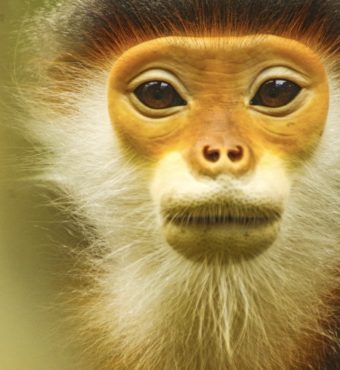
Beo has confiscated in 2017 when he was just a month old. He used to live with other orphans at the EPRC’s kindergaten. He had to drink fresh milk mixed with oak-bark tea to help him build a healthier digestive system. At the same time, he has also gradually learned to eat leaves from other langurs.
Time passed by, He is now becomes an adult male langur, and start building his new family.

Established in 1993, EPRC is a not for profit project dedicated to the rescue, rehabilitation, breeding, research and conservation of Vietnam’s endangered and critically endangered primate species.
© Endangered Primate Rescue Center 2020
Website by MINIMUMMEANS